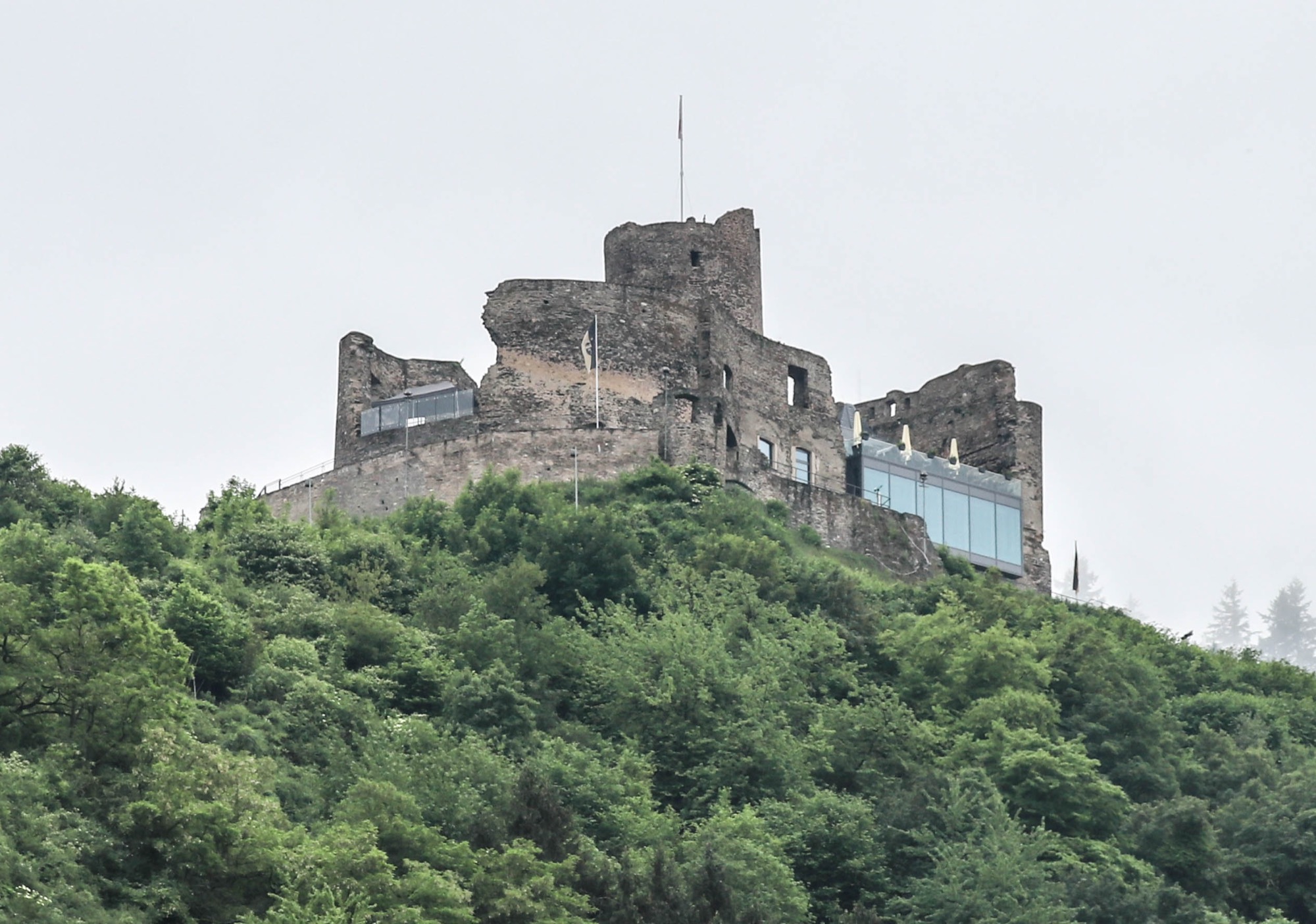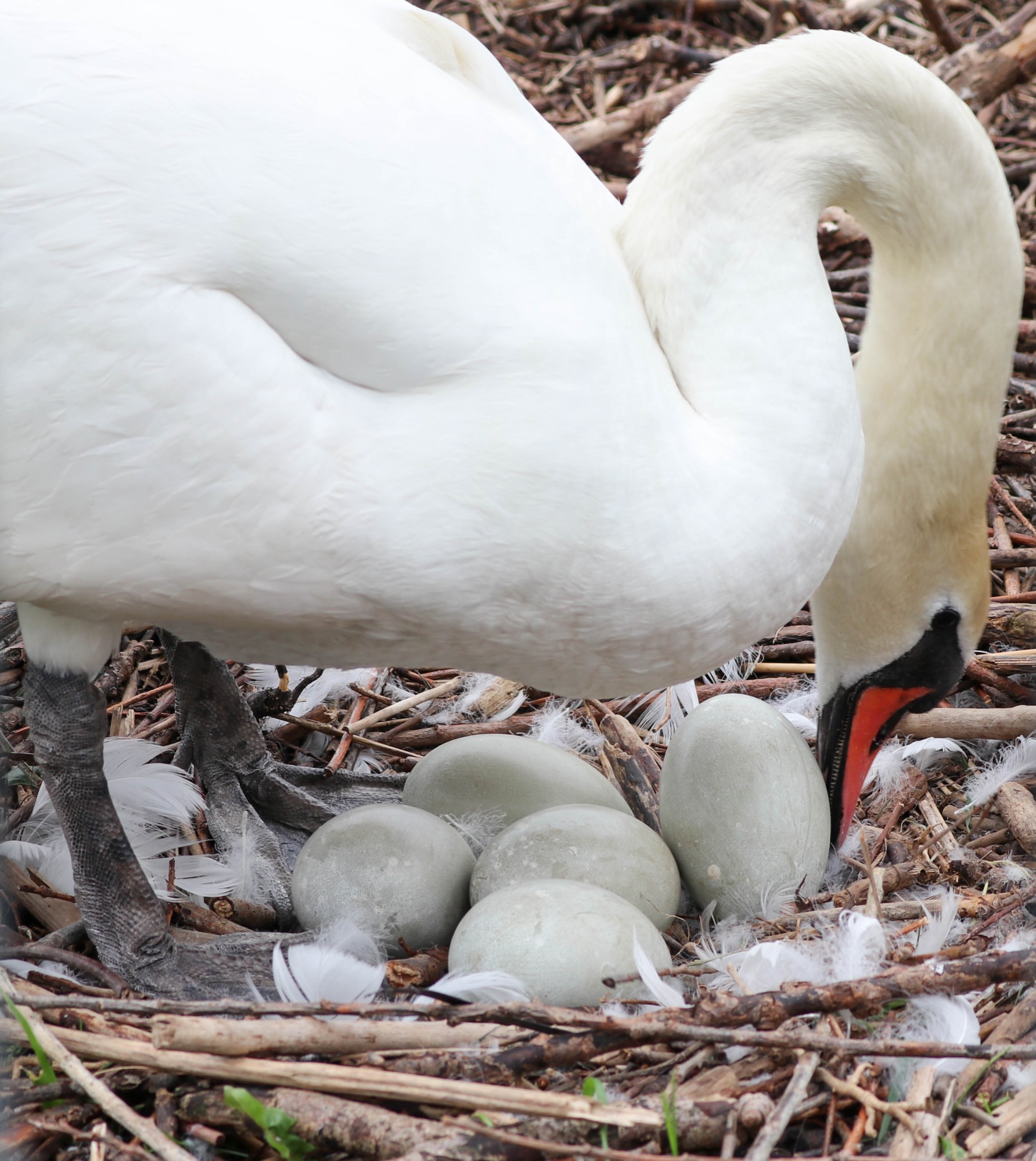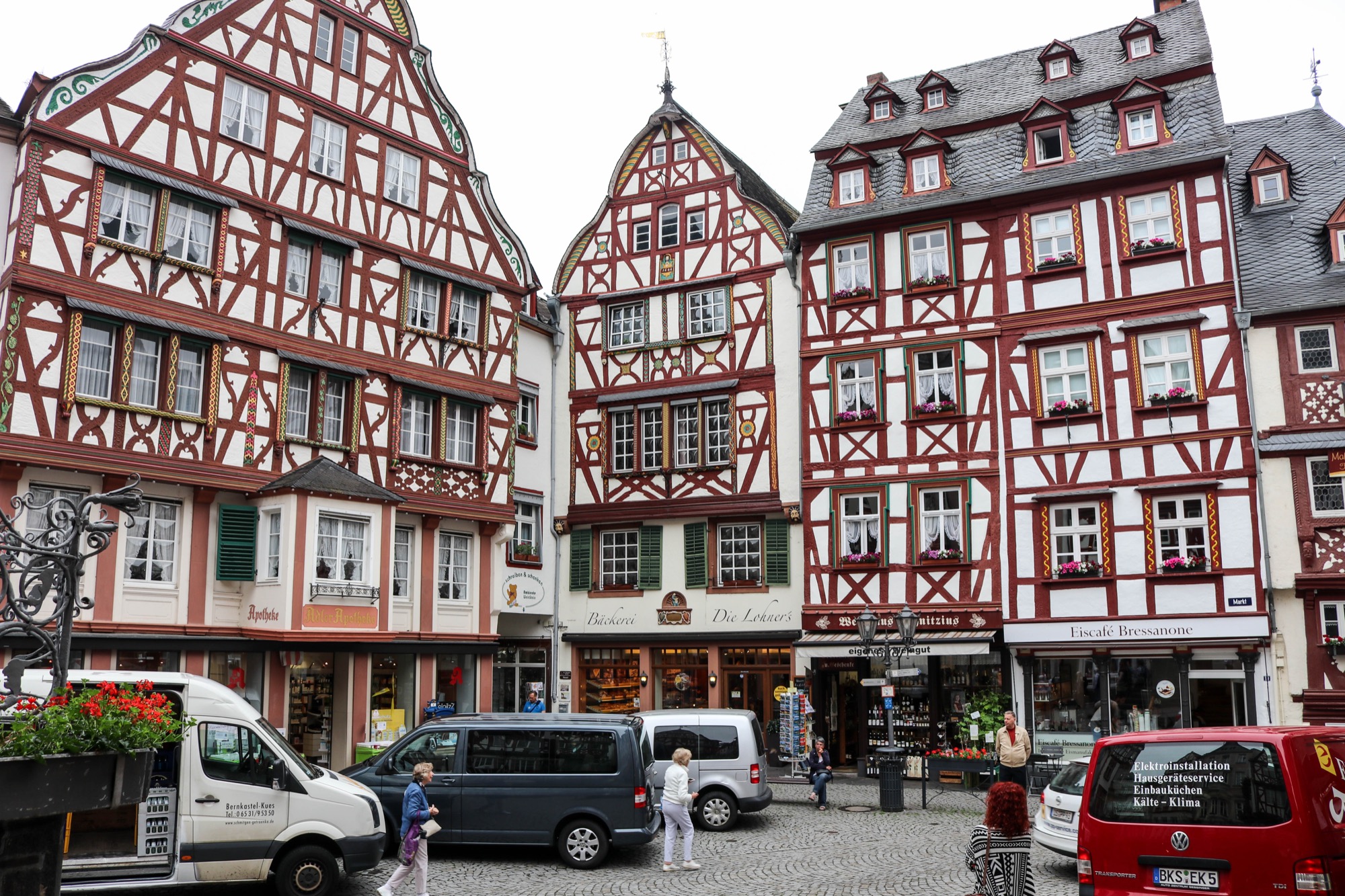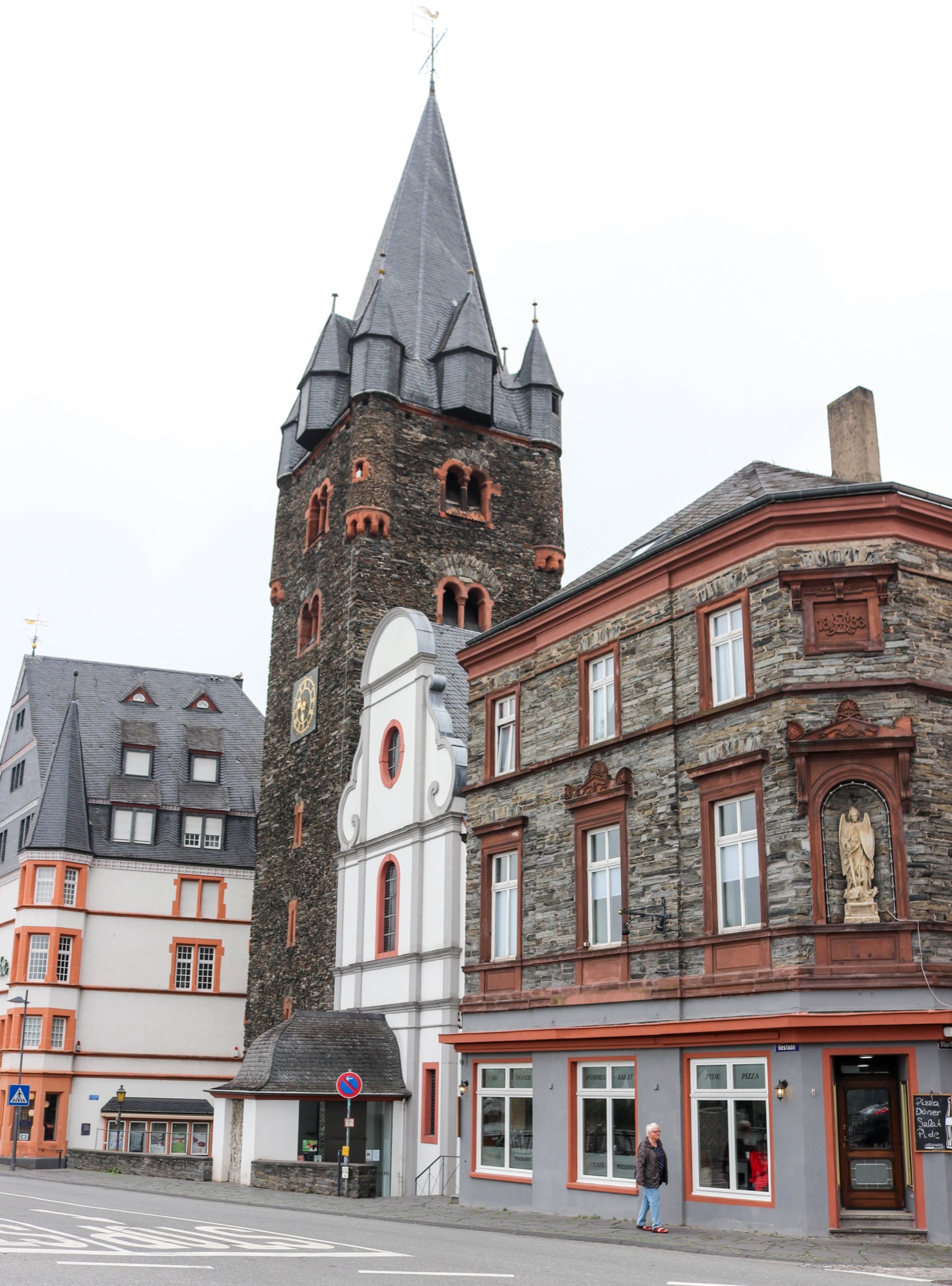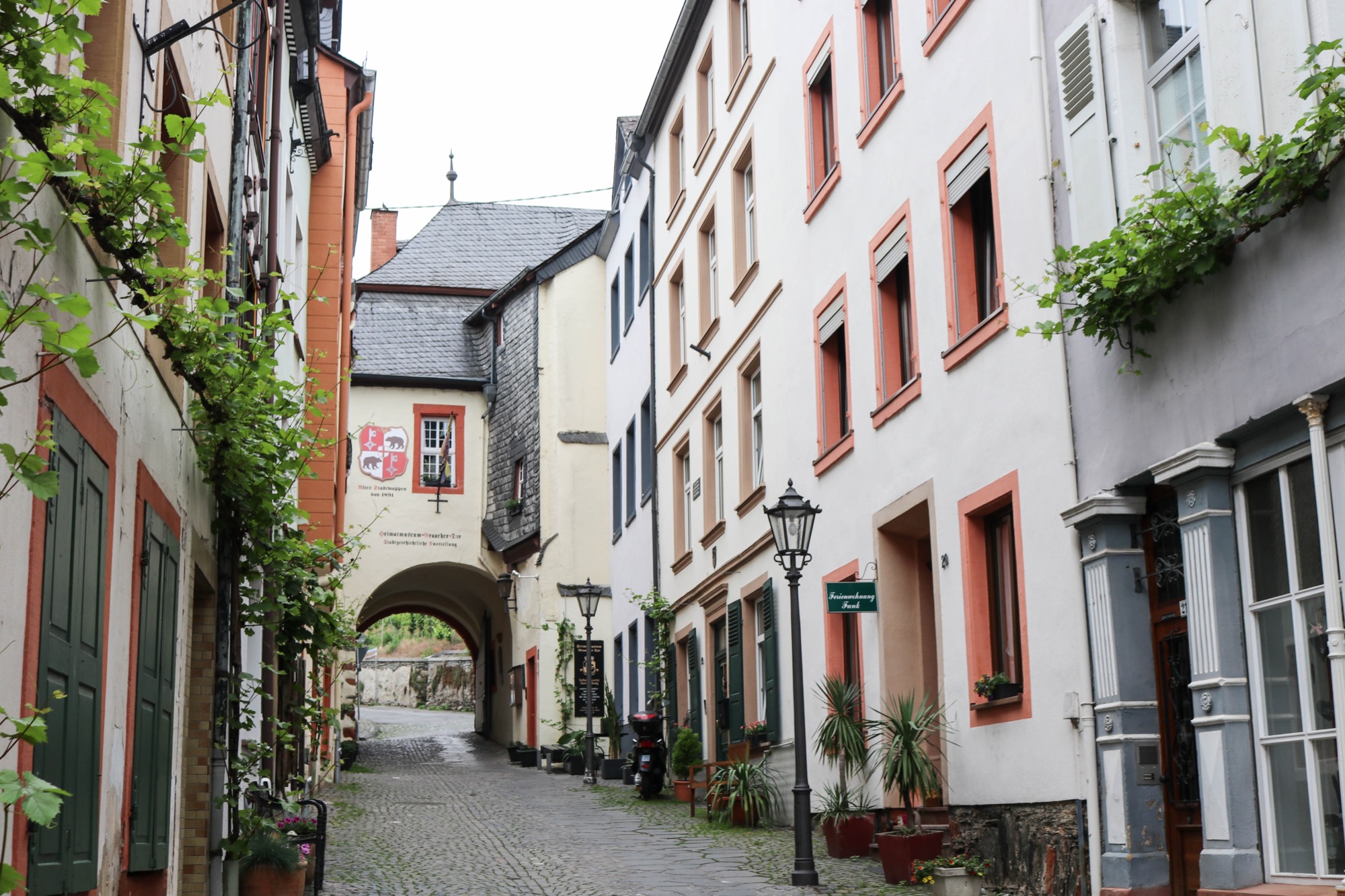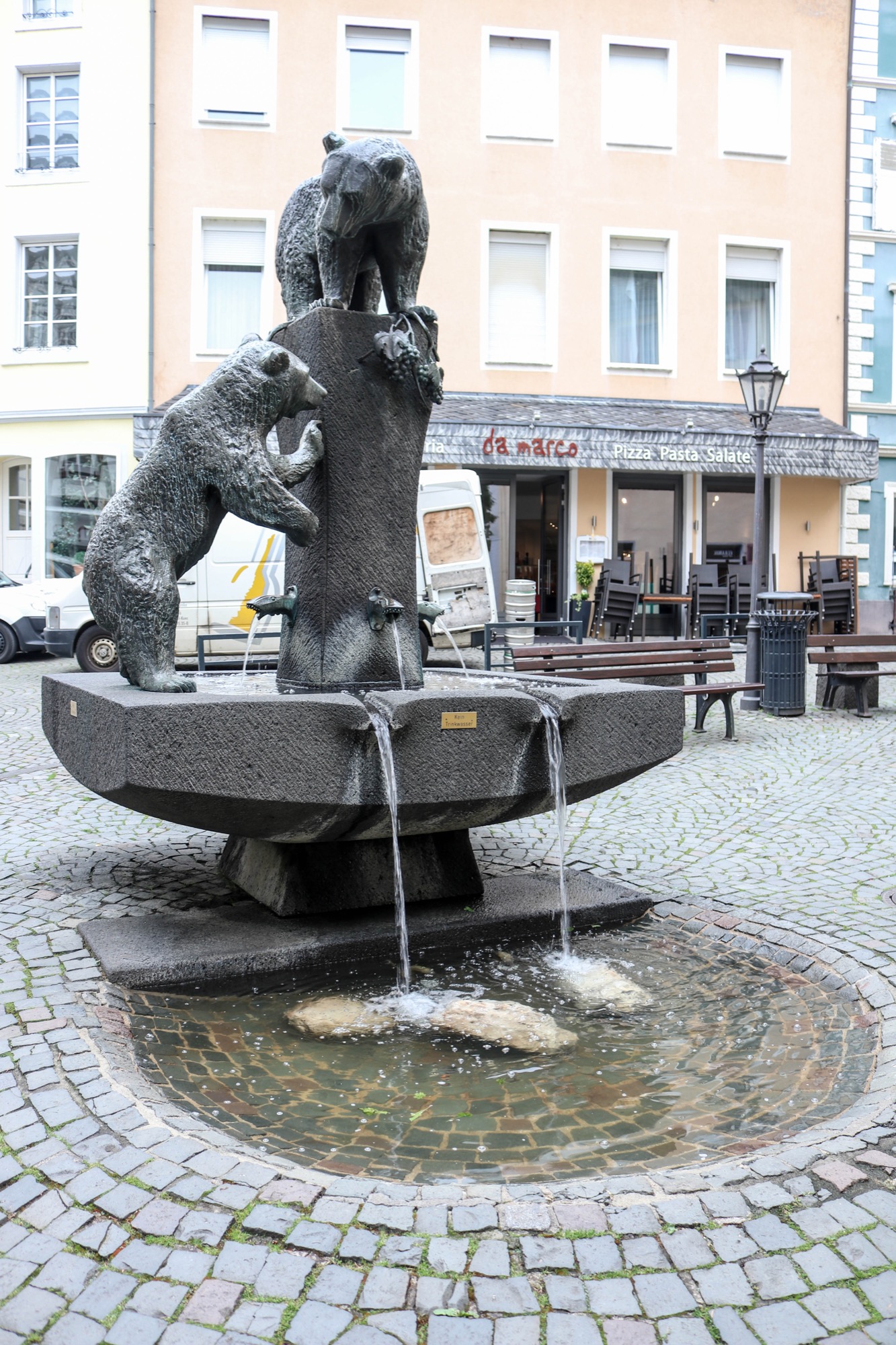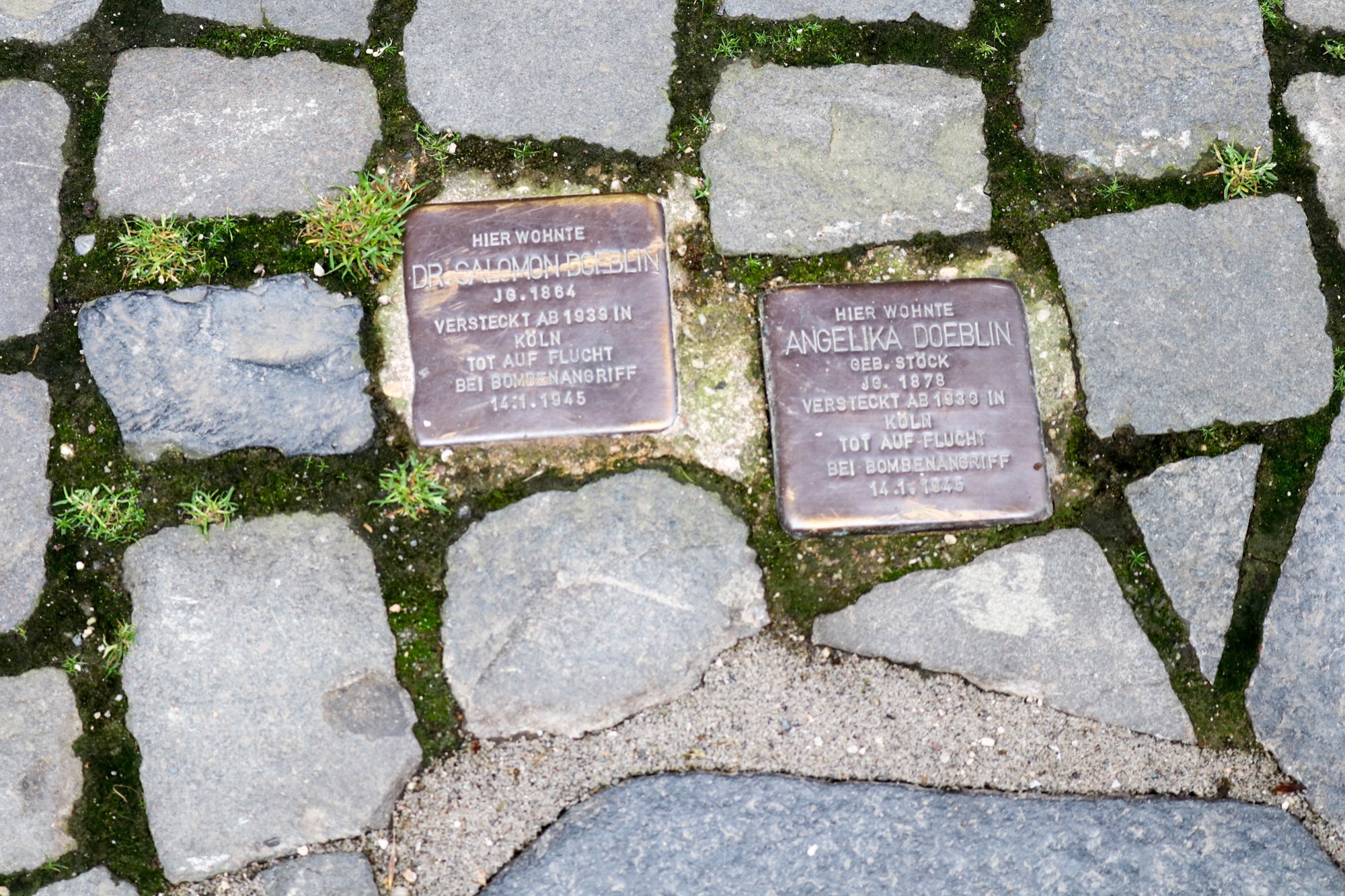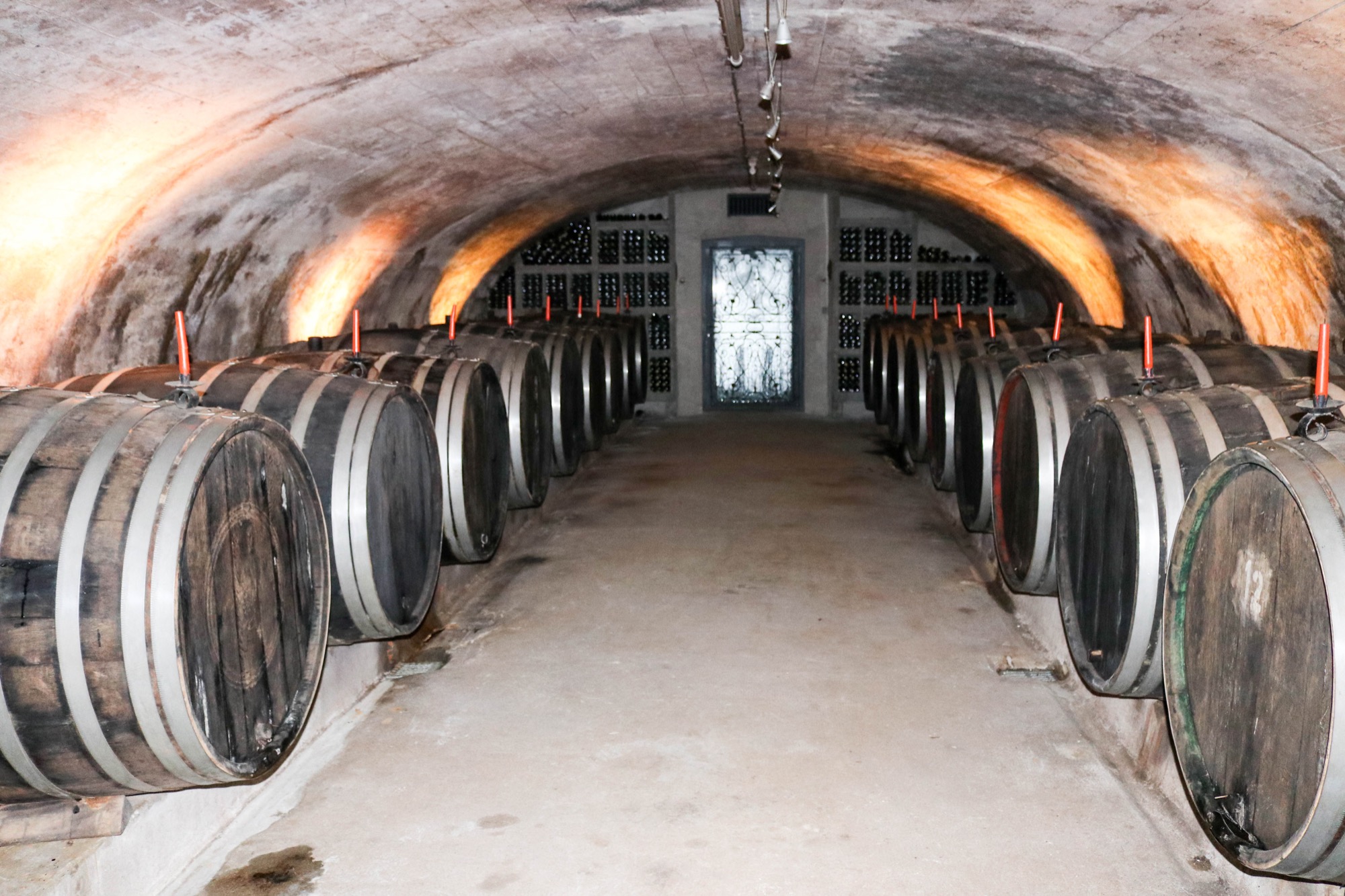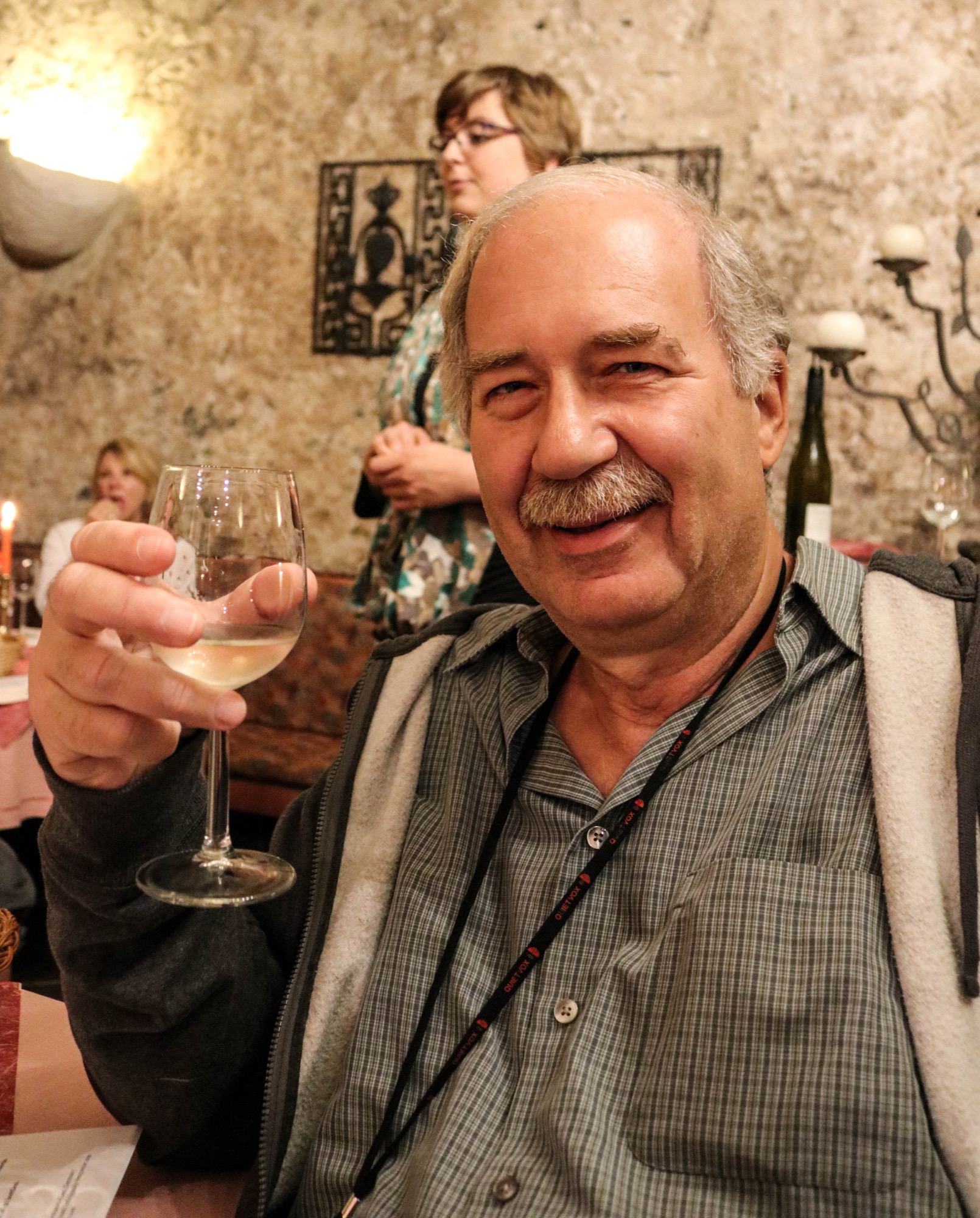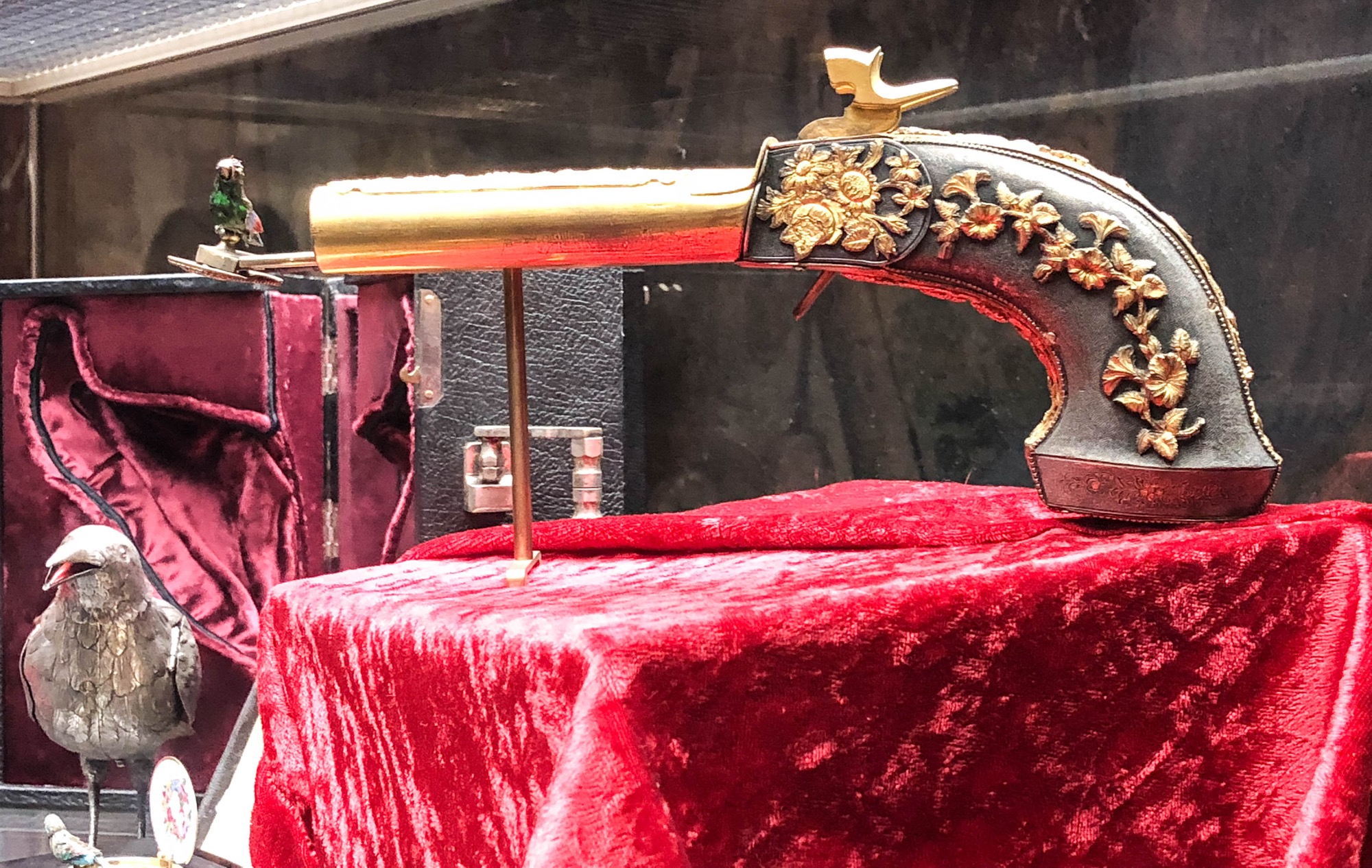Bernkastel-Kues
Bernkastle-Kues consists of two towns, one on each side of the Moselle River, that merged in 1905 to become a single town. The town sprawls across the foothills which are covered with vineyards.
Above the town sits the ruins of Landshut Castle. The castle was used as a summer residence of the Archbishops of Trier until it was destroyed by fire in 1692.
Along the shore we saw a mated pair of Mute Swans (Cygnus olor) that were tending to their nest. These swans usually lay between four and ten eggs and then about 36 days later the eggs will hatch.

